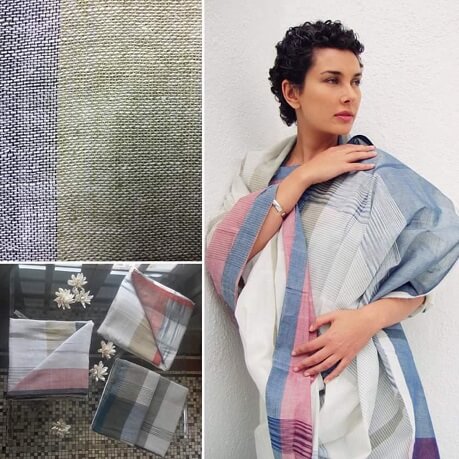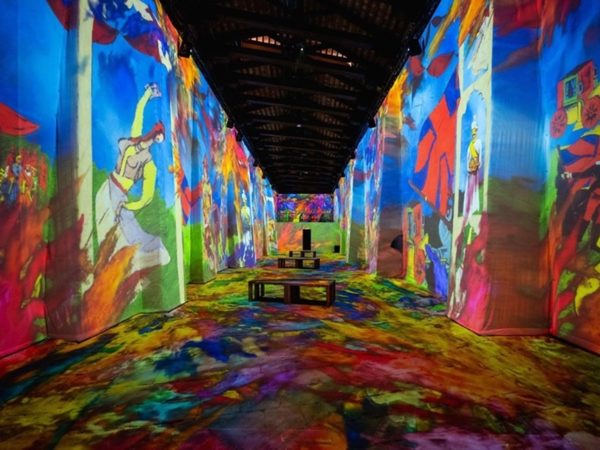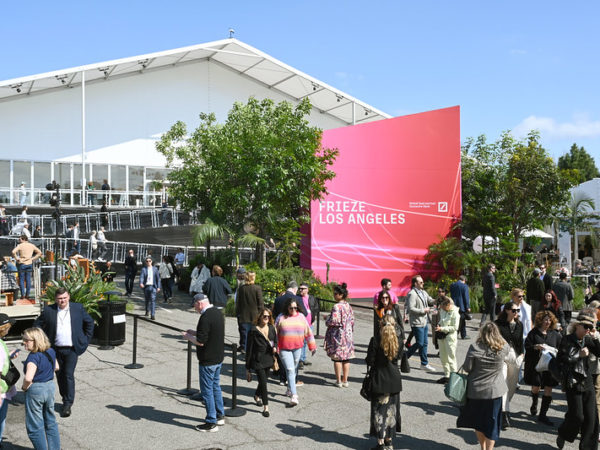Contemporary Art – A Look at Dynamic Creative Culture
Contemporary art is inherently dynamic in its expression, owing to the age we live in. Given the incessant advancement of technology, artists are now able to go beyond traditional methods and adopt a wider range of materials, concepts, and subjects into their art, an endeavour that inevitably renders easy definition difficult.
Furthermore, easy access to information has enabled artists to address larger and more diverse audiences, while simultaneously incorporating interactive art, 3D modelling, and virtual reality among other mediums, into their work. As a result, an increasing shift has been observed in museums and exhibition spaces from traditional exhibits to more elaborate and experimental set- ups.
While traditional art forms remain a continuing inspiration for modern artists today, new age platforms like Instagram and Behance go a long way in allowing them to share ideas and feedback instantly, unlike older systems of presentation.

Wendel Rodricks, Kunbi Collection, 2010
Never before has the exchange of culture occurred so smoothly across ages and audiences. For example, Wendell Rodricks’ take on Kunbi sarees for the modern woman almost single-handedly revived a diminishing industry. Another example would be the work of Raqib Shaw. He incorporates Chinese elements in his Kashmiri themed painting ‘Study at Peckham’, thus merging two cultures that have developed in close proximity.

Raqib Shaw, Self Portrait in the Study at Peckham (After Vincenzo Catena) Kashmir Version, 2016
However, owing to its fluid nature, which is a necessity in order to keep up with rapidly evolving technology, contemporary art is often thought to lack any principals or ideologies. Critics argue that there is so much material being produced, that before the viewer can fully grasp one new piece of work, they are already bombarded with an even newer piece of work, virtually diluting the experience, time, and quality, of all that is to be gleaned from either. ‘Experiments in Art and Technology’, an organisation created by Robert Rauschenberg and Billy Klüver is looking to create a shift in this trend. Founded in the 1960s, it promoted the collaboration of artists and engineers. They now aspire to create a deeper, almost humane bond between the technology used and the viewer, a quality that was more prevalent in traditional forms of art, considering that it was man himself that took the pains of developing and painting a masterpiece.

Sougwen Chung, Lisa Park, and Hammerstep in collaboration with E.A.T, Only Human, 2018
To an extent, technology still feels alien, even today. With the advent and startling advancement of artificial intelligence, perhaps a veritable shift from basic audio, video and text format to something that ‘communicates emphatically with the modern viewer’ is inevitable.
By Kareena Vaswani





